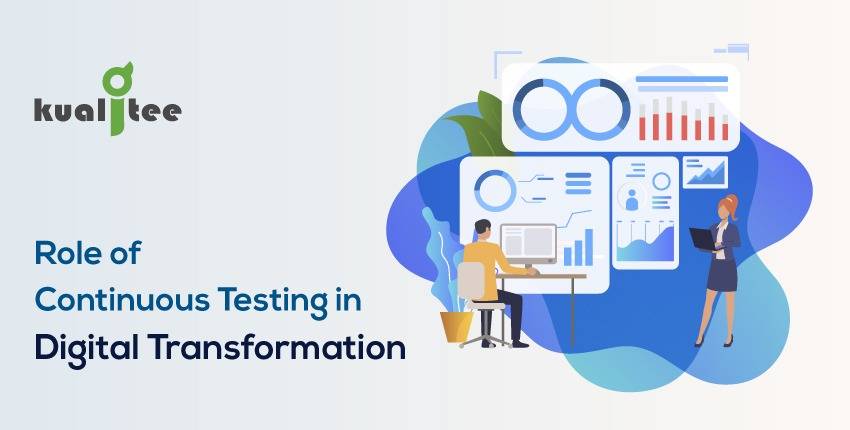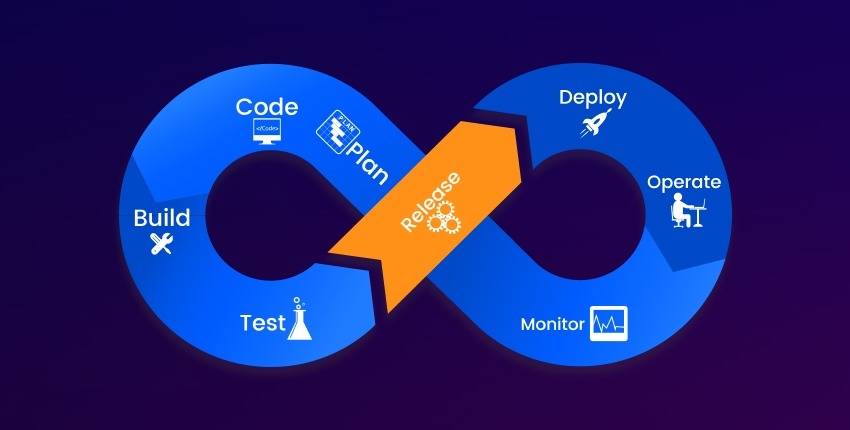“In today’s era of volatility, there is no other way but to re-invent. The only sustainable advantage you can have over others is agility, that’s it. Because nothing else is sustainable, everything else you create, somebody else will replicate.” – Jeff Bezos
This is a commonly shared belief not only among organizations but individuals as well. In this era of technological advancement, everyone wants tasks to be done at the speed of lightning. Fortunately, and unfortunately, in the case of software development, there are software testing tools that deliver to these expectations, which sets the bar high for the rest. Companies want their product to be out in the market as soon as possible for marketing purposes. Due to which, QA teams in every software testing company around the world face the pressure of speeding up the process. The same goes for the customers, they require quick solutions to their problems when using a software application. While it is true that speed is indispensable to stay competitive, it is also a fact that customers today value quality more than anything else. Therefore, quality should be the driving factor to derive desired customer satisfaction levels.
The adoption of Agile and DevOps methodologies at the cost of quality will ultimately backfire, resulting in an organization that churns out failures at a really fast pace. Continuous testing keeps the quality in check while maintaining the required speed and effectiveness.
Will digital disruption cause you to evolve or perish?
Digital transformation is disruptive in nature. It requires a transformation of the entire organization’s culture and operations. Transformation cannot take place without a proper change management strategy which is centered on four aspects that form the foundation of digital transformation success.
- Business
- Technology
- Processes
- People
As organizations are optimizing their SDLC with a combined Agile and DevOps approach, they often tend to ignore the most critical aspect – Quality Assurance and Testing. Continuous testing not only makes this disruptive and often painful transition possible but also ensures the use of disruption to the benefit of the organization. Continuous testing strategy guarantees that agile and DevOps do not cost an organization the quality of their products and services.
Requirements for a successful continuous testing strategy
Testing needs to be done continuously, from start till the very end, and at every step of each sprint. To be on par with the speed of Agile+DevOps SDLC, continuous testing needs the support of automation. However, everything should not be automated. The right mix of manual and automation testing tools performing continuously is required. To improve the test coverage and spectrum of continuous testing approach, cloud and automation play a key role. While automation brings in speed, the cloud enables scalability and cost-effectiveness.
Continuous testing strategy necessitates some extent of micromanaging the factors of change management strategy, as discussed above, to achieve digital transformation. As organizations are relying on DevOps and Agile methodologies to empower the CI/CD pipeline, they must also integrate continuous testing into the loop to facilitate timely fulfillment. Continuous testing eliminates the concern of tight sprint schedules and time constraints.
Continuous testing tools with the right amount of automation checks software for not only the non-functional aspects as a sprint progresses, but also play a role of functional testing tools to an extent, thus making sure that only quality product is delivered to the end-users.
Conclusion
“The Last ten years of IT have been about changing the way people work. The next ten years of IT will be about transforming your business” – Aaron Levie, CEO of Box
Digital transformation is here to stay. It’s safe to say that it’s the next big thing. It is time that enterprises start taking it seriously and put in the required efforts in transforming digitally the right way. Without underestimating the significance of the methodologies and tools used, efforts to digitally transform will not succeed without a continuous testing strategy.
























